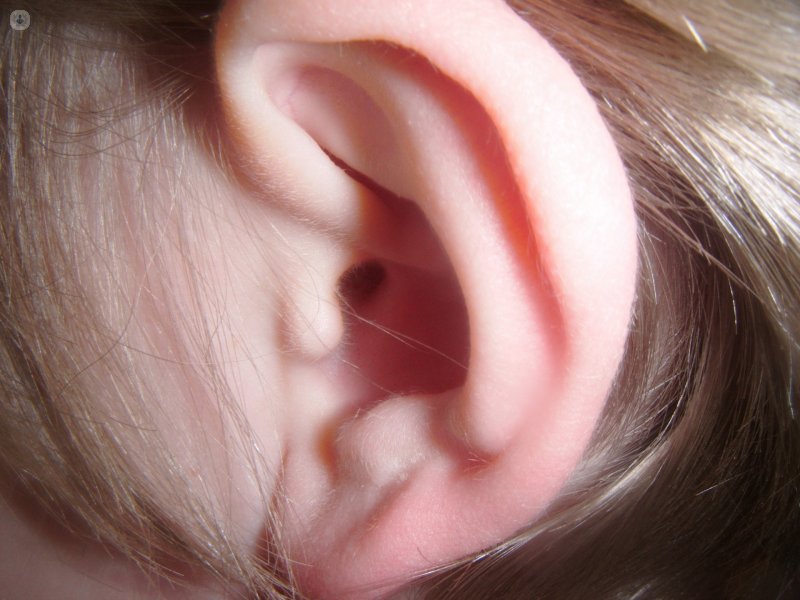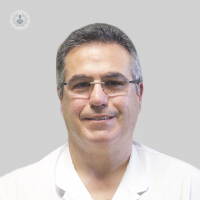Learn about the different types of otitis and how to address
Written by:Otitis is nothing more than an inflammation and / or ear infection. According to the part of the ear which affects they are classified (in summary form and practice) in otitis externa and otitis media.

otitis externa
It is infection that affects the skin of the ear canal. The most common is known as diffuse otitis externa or otitis pools, being more frequent in summer and in contact with water. Another also relatively frequent otitis externa is fungal or fungal otitis externa produced by fungi that cause less pain but causes intense itching. Both otitis treatment consists of cleaning the outer ear (usually with microscope and vacuum), drops to attack infection (bacteria in some fungi and in the other), and treatment for inflammation and pain.
otitis media
Are those affecting the middle ear or tympanic cavity (behind the eardrum, where the auditory ossicles). There are different types of otitis media:
- AOM. It is the most common and is meant when we speak of simplified form of otitis media. It is an infection, most often (but not exclusively) in children and related middle ear, usually with colds. It produces pain can be intense, hearing impairment, and can produce suppuration (signal that has been perforated eardrum). Treatment consists basically oral antibiotic associated with other medications, depending on each case: anti-inflammatories, analgesics, mucolytics, steroids, etc.. Although acute otitis media currently resolves without complications in most cases (with treatment or so self-limited), complications that were seen before the antibiotic era are less frequent but still exist: mastoiditis, facial paralysis, meningitis, abscess or intracranial infection, eardrum perforation, labyrinthitis or inner ear infection, among other pathologies.
- Or serous otitis media with effusion. It occurs when the middle ear or tympanic cavity is full of mucus but without infection. Causes deafness, is more common in children (it is the most common cause of deafness in children and hence the delay of speech or language acquisition) and, often, is the evolution of acute otitis media prior. When medical treatment does not go away is solved with an intervention based on ear tubes. One of the causes of otitis is hypertrophy or enlargement of the adenoids. So often, when experts in Otolaryngology operate drains also operate adenoids. If that does not solve otitis can evolve into permanent hearing loss, tympanic perforation, lysis or destruction of the ossicles, tympanic poor quality or atrophic, etc.
- Simple chronic otitis media. It occurs when, as a result of otitis media or treated poorly controlled repetition, a perforation of the tympanic membrane occurs with repeated infections. Treatment involves cleaning and aspiration cure the infection with drops and / or oral antibiotics, prevent entry of water and, finally, an intervention myringoplasty to close the hole.
- Cholesteatomatous chronic otitis media (or cholesteatoma). It 's the kind of aggressive and severe otitis. It is commonly said that it is a "decay" in the ear because it has an aggressive and destructive power erodes the part of the ear and the surrounding bone and can cause deafness, vertigo and even get meningitis or intracranial infections. It manifests with otorrhea (secretion) smelly repetition and deafness. Treatment consists of aspiration and local treatment, although the definitive treatment is an intervention: tympanoplasty.


